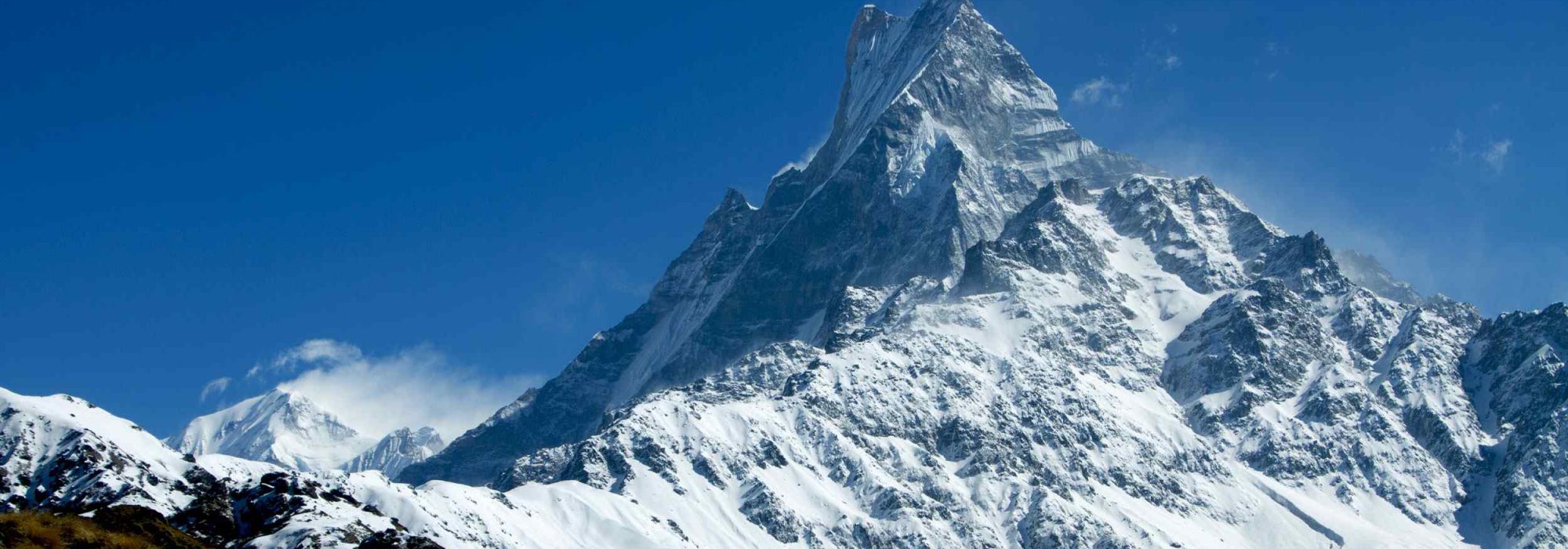
Mardi Himal Trek, which was officially announced open for trekking in 2012, is a short and easy trekking package in Nepal tempting hikers and trekking enthusiasts to discover one of the hidden gems of Nepal. Located on the east side of one of the most popular treks of Nepal, that is Annapurna Base Camp trek, the Mardi Himal trek is no lesser than other off-the-beaten trekking destinations in Nepal. Within a short span of time, Mardi Himal trekking has been one of the most popular trekking packages in Nepal. Moreover, this trek involves walking along beautiful forested areas and rocky mountain terrains.
Trekking in the Mardi Himal region involves marvelous forest walks, alpine landscapes, and dissimilar ethnic insights. Out of several teahouse trekking destinations in Nepal. This particular trek is prefer by regular hikers owing to its location on the quieter side of the Annapurna region, its tranquil valleys, fascinating villages, glittering rivers and exceptional views of Annapurna, Machhapuchhre, and Hiunchuli mountains. In addition, one major advantage of this popular trekking route in Nepal is that, the trail makes a small circuit up to Mardi Himal Base Camp.
Autumn and spring seasons would be the best time for trekking in Nepal’s Mardi Himal region. However, some prefer winter for their hike, which is not recommendable because there are higher possibilities of the high passes being close due to heavy snowfall. Take delight in the picturesque landscapes and the eye-catching terraced fields. Lastly, all you need is good health and a strong determination to hike along the exotic and enchanting trails roving through luxuriant valleys, alpine meadows, countless streams, and scenic waterfalls.
One of the most striking features of this trek is the up-close and awe-inspiring views of Mt. Machapuchare (Fishtail), Annapurna South, and Hiunchuli. These snow-capped giants dominate the horizon and feel incredibly close.
2. Less Crowded Trails:
Unlike the busier routes in the Annapurna region, the Mardi Himal Trek remains quiet and less touristy. Giving you the rare opportunity to experience nature in solitude.
3. Diverse Natural Landscapes:
From dense rhododendron forests and mossy woodlands to alpine meadows and rugged, rocky terrain at higher altitudes. The changing landscapes make every day of the trek feel new and exciting.
4. Mardi Himal Base Camp:
Reaching the base camp at around 4,500 meters is the ultimate reward, offering unobstructed, sweeping views of the Annapurna Range. It making you feel on top of the world.
5. Local Culture and Villages:
The trek passes through small, authentic Gurung and Magar communities, where you can experience the local way of life.
6. Relatively Short Duration:
This trek is perfect for those who want a high-altitude adventure without committing to a long journey. It typically takes about 5-7 days, starting and ending near Pokhara.
7. Flora and Fauna:
The route is rich in biodiversity, with vibrant rhododendron blooms in the spring and the chance to spot a variety of bird species, adding a naturalistic touch to your trekking adventure.
Join Our Small Group Departures
View Available Dates


